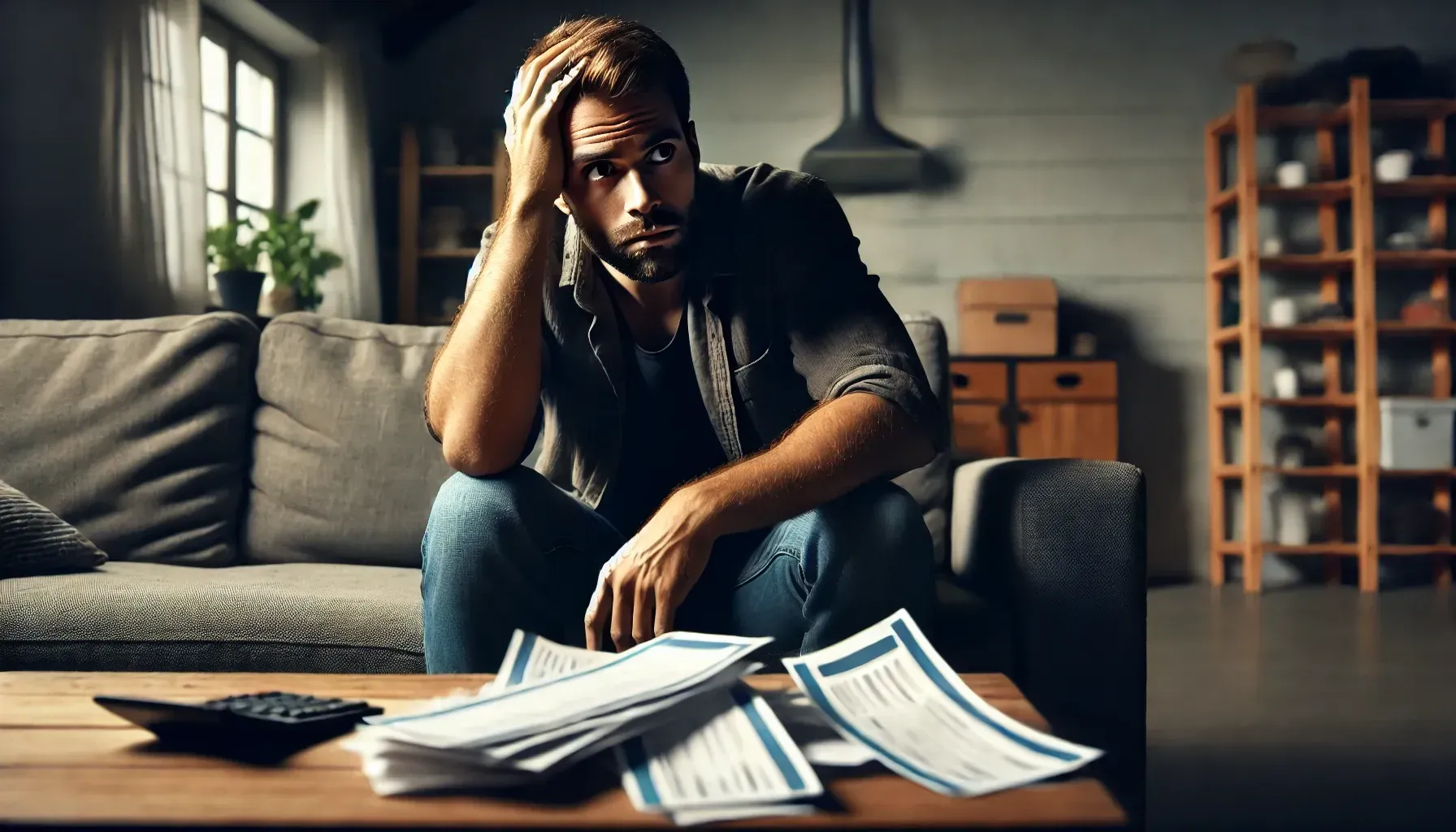As the world becomes increasingly comfortable with the idea of digital currency, there is a critical yet often overlooked component that ensures the safety and integrity of these digital assets: crypto custodians. These entities are the modern-day vaults, safeguarding billions of dollars worth of cryptocurrencies from theft, loss, and hacking. While many focus on the fluctuations of Bitcoin or the latest blockchain innovations, the role of crypto custodians remains a lesser-discussed but vital aspect of the digital asset ecosystem.
The Role of Crypto Custodians
Crypto custodians are more than just digital vaults; they are sophisticated financial institutions that specialize in the secure storage and management of digital assets. Unlike traditional custodians who handle physical assets like stocks and bonds, crypto custodians deal with the unique challenges of digital assets, which exist solely in the digital realm and are protected by cryptographic keys.
For instance, when you use a crypto custodian, you are not just storing your cryptocurrencies; you are entrusting them with the private keys that prove your ownership. These keys are the lifeline of your digital assets, and their security is paramount. If these keys are lost or stolen, the assets they protect can be irretrievably lost. This is why custodians employ advanced security measures such as multi-signature wallets, offline cold storage, and hardware security modules to safeguard these keys.
Advanced Security Measures
The security protocols used by crypto custodians are far more complex than those of traditional financial assets. For example, Anchorage Digital, a leading crypto custodian, uses a combination of automated outlier detection, human oversight, and behavioral analytics to authenticate transactions. This involves biometric voice and video transaction approvals, cryptographically signed instructions, and quorum validation of client signatures. Such layered security ensures that transactions are not only secure but also efficient, with most transactions processing in under 25 minutes.
Another critical aspect is the use of multi-party computation (MPC) technology. This allows for the secure management of digital assets without any single party having full control over the private keys. MPC enables fast access to assets while maintaining strong security, making it a cornerstone of modern crypto custody solutions.
Regulatory Compliance
The regulatory landscape for crypto custodians is evolving rapidly. In the United States, for example, a crypto custodian must comply with stringent regulations set by bodies like the U.S. Securities and Exchange Commission (SEC) and the U.S. Commodity Futures Trading Commission (CFTC). This includes regular audits, proof of reserves, and adherence to best practices in cybersecurity such as penetration testing, data encryption, and 24/7 monitoring.
Anchorage Digital Bank, for instance, holds a charter from the U.S. Office of the Comptroller of the Currency, making it the only crypto-native bank with federal oversight. This level of regulatory compliance adds a layer of trust and security for institutional investors who require robust financial controls and oversight.
Insurance and Asset Segregation
Insurance coverage is another vital aspect of crypto custody. Reputable custodians provide comprehensive insurance that protects assets against theft, loss, or other unforeseen events. This insurance can be a significant comfort for investors, especially in a market where digital fortunes can be lost in an instant.
Asset segregation is also crucial. Custodians ensure that clients’ assets are segregated from their own holdings, preventing the mingling of funds. This is particularly important in cases of bankruptcy or other financial distress, where proper protocols can protect clients’ assets.
Customization and Efficiency
Crypto custodians are not one-size-fits-all solutions. They offer customizable platforms that can be tailored to the specific needs of their clients. For example, Anchorage Digital allows institutions to customize their platform to map to their organizational needs, providing a seamless and efficient experience. This includes the ability to move funds quickly, with most transactions processing in under 25 minutes, and to track performance using structured data via account dashboards or API integrations.
The Difference Between Custodial Tech Providers and Digital Asset Custodians
When considering the storage and protection of digital assets, investors often face a choice between custodial technology providers and digital asset custodians. Custodial technology providers offer infrastructure services and software solutions that enable institutions to manage their digital assets independently. However, they do not store the clients’ private keys and are not subject to the same regulatory requirements as custodians.
Digital asset custodians, on the other hand, take full responsibility for safeguarding the assets. They provide a higher level of security, regulatory compliance, and insurance coverage. For instance, while technology providers may leave the burden of backup and recovery on the clients, custodians handle these responsibilities comprehensively, ensuring that assets are protected in all scenarios.
The Importance of Transparency and Accountability
Transparency and accountability are key components of a reliable crypto custodian. Investors need to be able to prove the existence and sole control over their assets. This is why custodians like Anchorage Digital provide auditable solutions, allowing clients to easily prove the existence of their fully segregated private keys. Additionally, custodians offer structured data exports via account dashboards or API integrations, enabling clients to track their assets’ performance using their preferred tools.
The Future of Crypto Custody
As the digital asset market continues to grow, the role of crypto custodians will become even more critical. These custodians are not just passive guardians of digital wealth; they are innovators in security technology and regulatory compliance. They are developing new methods to integrate fiat and digital assets seamlessly, allowing institutions to manage both types of assets through a single trusted custodian.
For example, Anchorage Digital Bank supports both crypto and fiat deposits and withdrawals, providing a unified interface for managing all types of assets. This integration simplifies operations and reduces the risk associated with managing multiple bank accounts.
Personal Perspective
As someone who has delved into the world of digital assets, I can attest to the peace of mind that comes with knowing your assets are in safe hands. The complexity of securing digital assets is often underestimated, and the risks of self-custody can be daunting. From forgotten private keys to sophisticated hacking attempts, the potential pitfalls are numerous.
However, with a reputable crypto custodian, these risks are significantly mitigated. The advanced security protocols, regulatory compliance, and insurance coverage provide a level of protection that is hard to achieve through self-custody. It’s a reminder that in the digital age, security is not just about technology; it’s about trust and expertise.
Conclusion
Crypto custodians are the unsung heroes of the digital asset world. They work tirelessly behind the scenes to ensure that the digital treasures of investors are safe from harm. As the market continues to evolve, the importance of these custodians will only grow. Whether you are a seasoned investor or just starting to explore the world of digital assets, understanding the role and innovation behind crypto custodians is essential.
In a world where digital fortunes can be made and lost in an instant, the security and trust provided by crypto custodians are invaluable. They are not just guardians of digital wealth; they are the foundation upon which the future of digital finance is being built.






